X
This article was co-authored by wikiHow Staff. Our trained team of editors and researchers validate articles for accuracy and comprehensiveness. wikiHow's Content Management Team carefully monitors the work from our editorial staff to ensure that each article is backed by trusted research and meets our high quality standards.
This article has been viewed 97,188 times.
Learn more...
Doing back flips in (or into) the water is great fun, and a simple trick to pick up. Once you've mastered the ability in the water, moving to the diving board is an exciting and accessible challenge. Fortunately, for either technique it's only a matter of posture and position.
Steps
Method 1
Method 1 of 2:
Flipping Underwater
-
1Get underwater. Make sure to be far enough from the top of the water that you can rotate all the way without your legs or arms coming out of the water. This isn't necessary for the flip, but the effect is somewhat diminished if the whole flip isn't completed underwater.
-
2Float with your back straight, with legs curled. Your back should be perpendicular to the bottom of the pool. Since the force which will generate the flip will come all from your arms, curl your legs to stop them from providing resistance or coming out of the water.[1]Advertisement
-
3Keep your arms at your side, in a right angle. Have your palms facing down. You'll use your arms in a sort of doggy paddle to propel yourself in a flip. As you move in the flip, try to keep your arms at your side and parallel to your body, moving them together.
-
4Bend your head and back backwards and begin paddling. To initiate the flip, tilt your head back and and start arching your back. Paddle as though you're trying to lay flat, parallel to the surface. Keep your legs curled as you move, and be sure to follow your back/head with your upper arms.[2]
-
5Continue paddling and pushing your head back. Once your back is parallel to the surface, paddle with your arms and arch your head and back to keep flipping. Next is to be perpendicular to the water's surface, head facing the bottom of the pool.[3]
-
6Extend your arms and continue with your back. Once upside-down in the water, you can extend your arms towards the bottom of the pool for more resistance and leverage. Face your palms forward, and push with your arms until they form a right angle with your body. You should once again have your back parallel to the bottom of the pool, but with your head facing the surface of the water.
-
7Push your arms to the sides and complete your flip. To avoid them coming out of the water, move your arms to side (like a breast stroke) and push down towards the bottom of the pool to right yourself. You should finish in the same position you started in, back straight and perpendicular to the surface of the water.[4]
Advertisement
Method 2
Method 2 of 2:
Flipping from a Diving Board
-
1Stand facing away from the water, feet halfway on the diving board. At the edge of the diving board, dangle your heels off but keep a firm stand on the board. Push yourself up and down with your feet to get a feel for the spring of the board.
-
2Keep your arms at your sides and your back straight. This is how you'll prepare your flip. Once you've got a feel for the spring of the diving board, raise your arms above your head. The motion of your flip will be begun by the rotation of your arms backwards, beginning from their position above your head.
-
3Rotate your arms a full circle. With your back straight and head neutral, start with your arms above your head and rotate them forcefully backward in a full circle. Your arms should finish their rotation where they began, above your head. Continue rocking the board with your feet halfway off.
-
4Right before the rotation ends, bend low and prepare to jump. Just as your arms are about to reach their position above your head, bend low (keeping your back straight) to prepare your jump. Be sure to time your coming jump with the spring of the diving board.[5]
-
5Jump up and slightly out away from the diving board. Once in the air, begin to arch your head and back backwards (away from the diving board). Keep your legs extended and at an angle, pointing towards the diving board. Think of being aerodynamic in these first moments, as you try to gain height from the board.[6]
- One of the most common mistakes in the jump is an instinct to toss your head backwards and move your hips forward to imitate the coming flip. Avoid this: it may cause you to lose distance between yourself and the board, risking collision.
-
6Tuck your knees to begin rotating. Your arms should be above your head; push them back in a forceful semi-circle so that they're close to perpendicular to your torso. Once you've completed the semi-circle, bend your legs quickly and bring your arms down to your legs, grabbing your shins.
- Once tucked, your back should be parallel to the pool and your head should be facing the side of the pool opposite the diving board. Continue to throw your weight backwards as you rotate.
-
7Complete your flip. Once in a ball, you can just finish your flip by continuing into the water. Once your comfortable with the flip and feel you've got the right height, you can finish by coming out of the ball. At this point, you should see the pool as your continue the flip, the next thing you see being the diving board.
- To finish extended, get out of your tuck position once you see board again after your forming into a ball. Try and land your legs at an angle in the water to complete the rotation motion. Have your arms at your side when you enter the water.
Advertisement
Community Q&A
-
QuestionHow do I get over the fear of doing this? Whenever I do front flips, the water gets in my nose and stings.
 Community AnswerBlow a small amount of air out of our nose while you flip, and try to flip fast.
Community AnswerBlow a small amount of air out of our nose while you flip, and try to flip fast. -
QuestionHow do I get my body high enough to flip?
 Community AnswerPush against the ground with your feet. If the water is four feet or less, go to a deeper spot.
Community AnswerPush against the ground with your feet. If the water is four feet or less, go to a deeper spot. -
QuestionWhat would I do if I ran out of air while doing the back flip?
 Community AnswerCome out of the flip immediately so you can breathe.
Community AnswerCome out of the flip immediately so you can breathe.
Advertisement
Warnings
- Make sure the pool is deep enough if diving. 7-8 feet is the most ideal for all heights. Depending on how you choose to finish your back flip (arms extended or in a ball), you may want more depth.[7]⧼thumbs_response⧽
- If you're attempting a back flip in a pool with an on-duty lifeguard, consider approaching them for advice on depth, taking your own height into consideration.⧼thumbs_response⧽
- Have someone nearby if diving. Especially for your first attempt, you're going to want someone standing by in case you get hurt.⧼thumbs_response⧽
Advertisement
References
- ↑ https://www.youtube.com/watch?v=i2jS-unhNe8
- ↑ https://www.youtube.com/watch?v=8EL3v1saCQw
- ↑ https://vimeo.com/97319866
- ↑ https://www.youtube.com/watch?v=i2jS-unhNe8
- ↑ http://www.livestrong.com/article/490091-the-fastest-way-to-do-a-back-flip/
- ↑ https://www.youtube.com/watch?v=xhQkoimHqp4
- ↑ https://www.health.ny.gov/environmental/outdoors/camps/aquatics/minimum_water_depths_for_head_first_diving.htm
About This Article
Advertisement
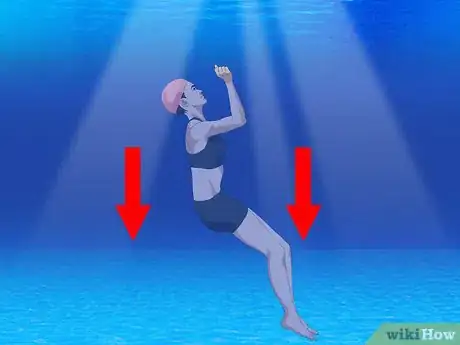
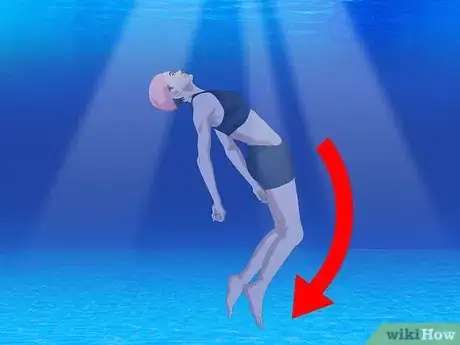
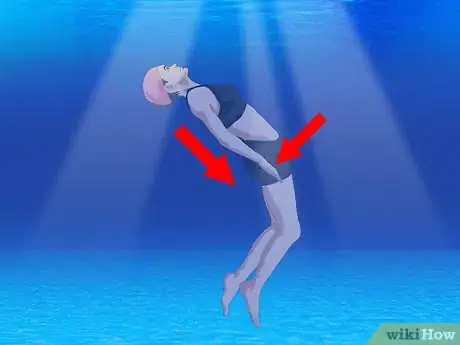
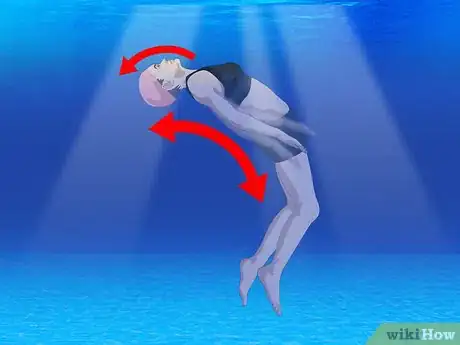
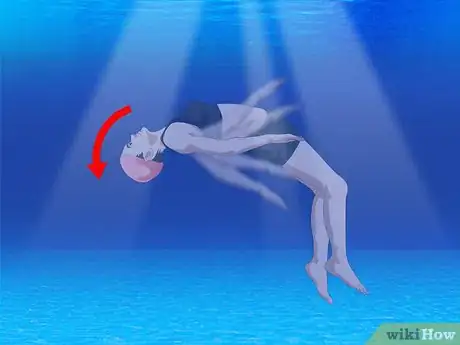
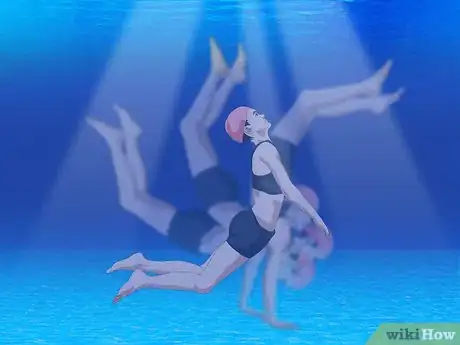
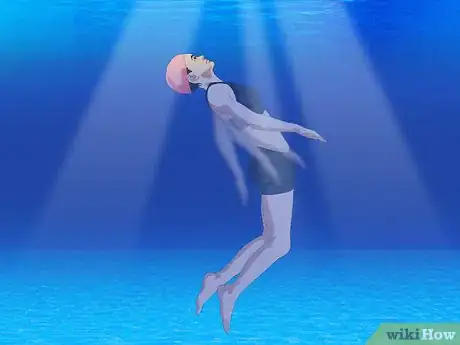
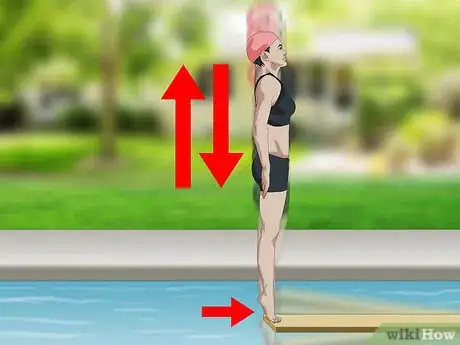

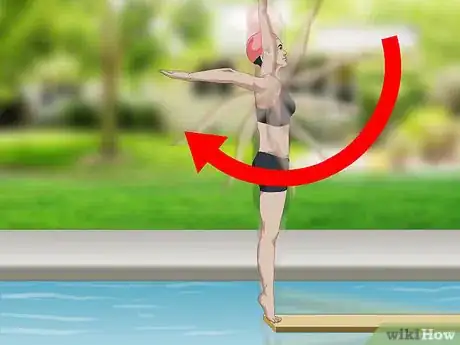

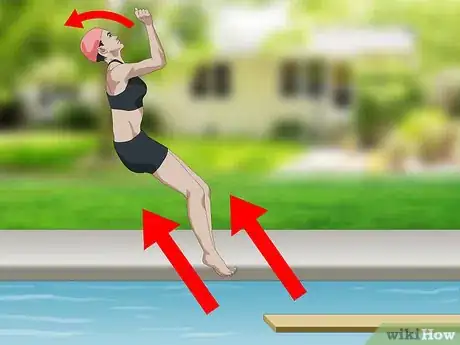
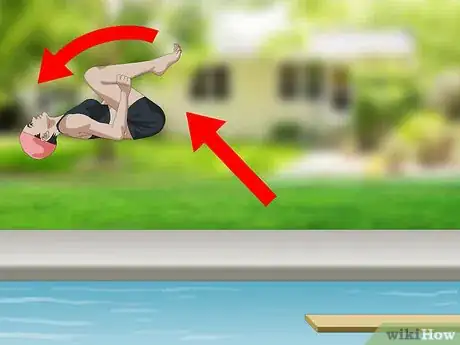
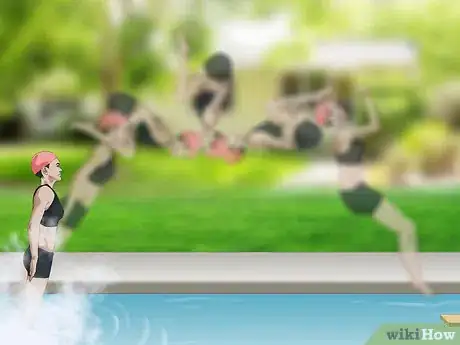

-Step-11.webp)


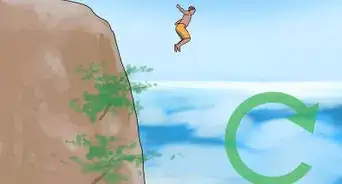
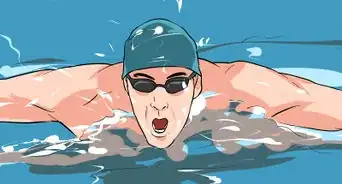
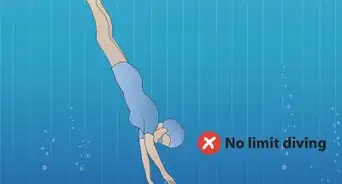

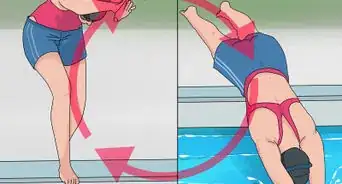

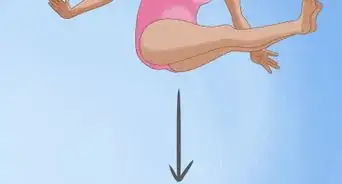
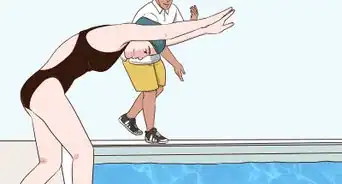

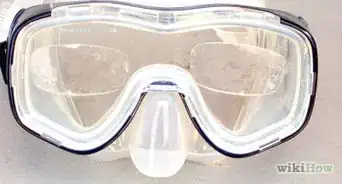








-Step-11.webp)




































